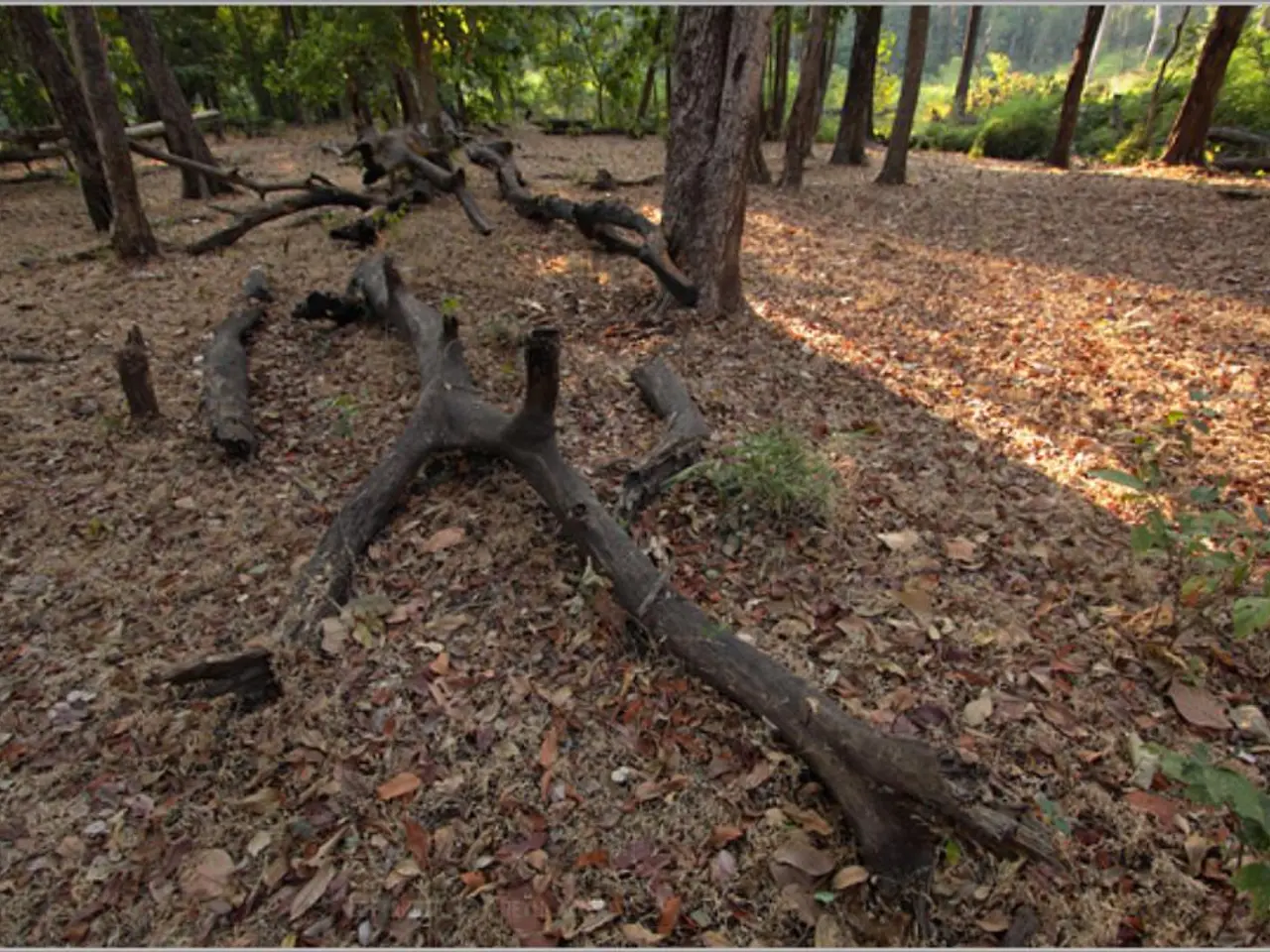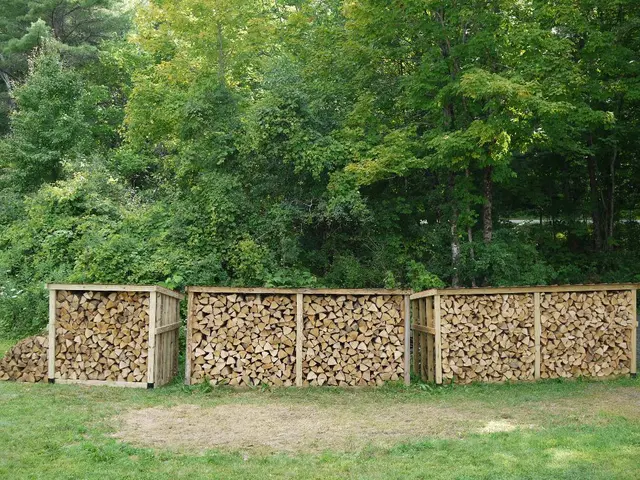Autumn Watering: Key to Tree Health and Winter Survival
Autumn is the ideal time to water trees, as it helps them prepare for the cold winter months. Proper watering can significantly improve their winter hardiness and promote better fruiting in the next season. This article provides guidelines on how much water is needed and the best practices for watering trees in autumn.
The amount of water required varies depending on the age, size, and type of soil of the tree. A young tree, aged 1-3 years, needs about 30-60 liters of water, while a tree aged 3-5 years requires 60 to 100 liters. Mature trees need 100 liters or more. To ensure quick penetration to the roots, the soil should be pre-loosened. Watering can be measured in buckets, with 3 buckets of 10 liters for young trees and 10 or more buckets for mature ones.
Watering also helps to prevent severe freezing by improving the soil's heat conductivity. To accurately control the amount when watering with a hose, time the filling of a 10-liter bucket and use that as a guide. It's important to place the water about 15 cm away from the trunk to avoid root neck rot. Additionally, a soil analysis can help determine the specific needs of the tree regarding phosphorus and potassium application during winter preparation.
Autumn watering is crucial for tree health and winter survival. By providing the right amount of water based on the tree's age and size, and following best practices such as pre-loosening the soil and avoiding direct watering at the trunk, tree owners can help their trees better withstand the cold winter months and promote better fruiting in the next season.
Read also:
- Long-Term Prescription Drug Impact on Brain Function
- Benefits, sources, and supplements for Vitamin D and its role in addressing osteoporosis
- Diabetes Management during Pregnancy: Keeping Tabs on Blood Sugar Levels and Lifestyle Adjustments
- Life Expectancy with Interstitial Cystitis: Exploration of Research, Treatment Methods, and Additional Information








